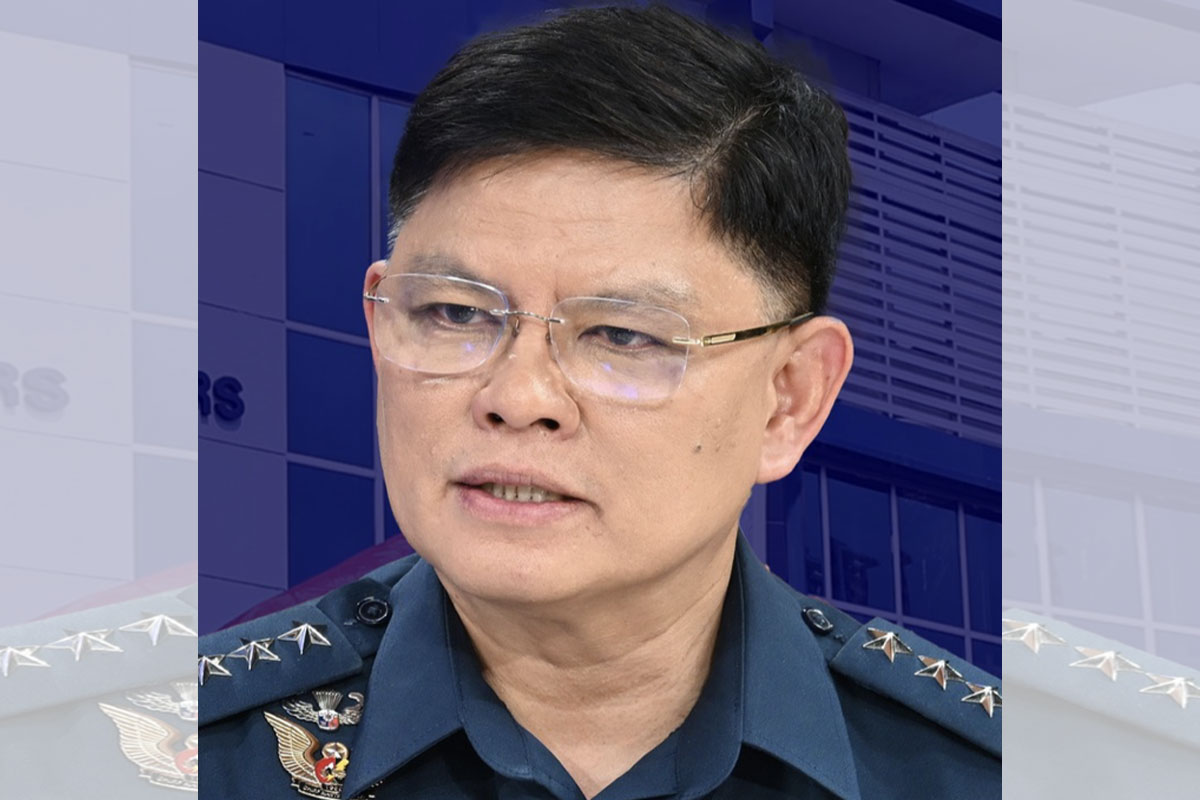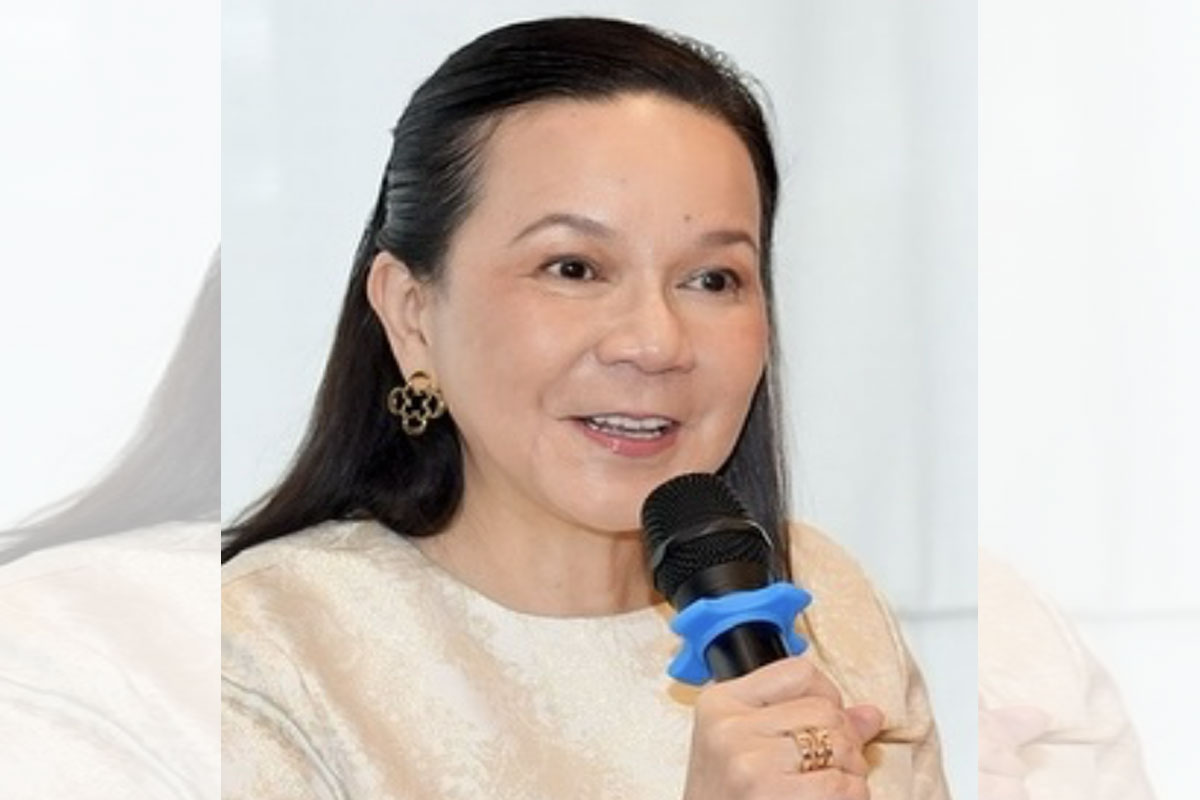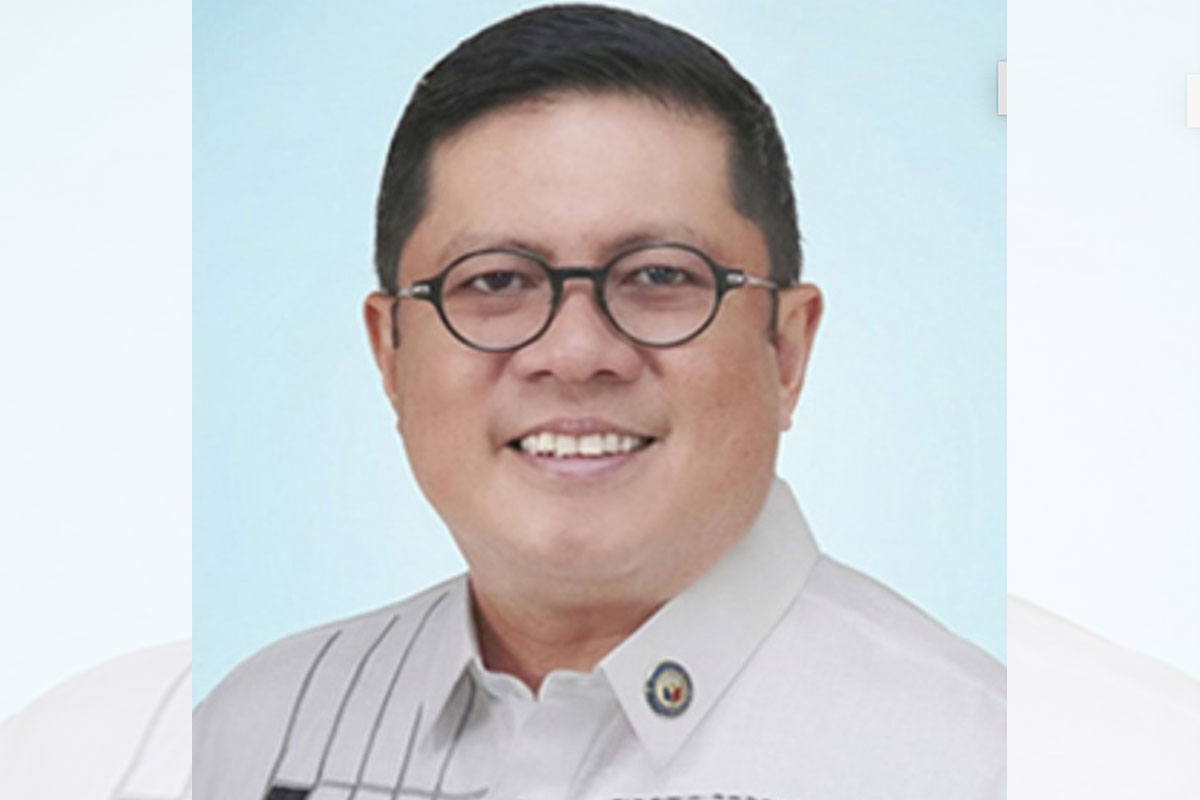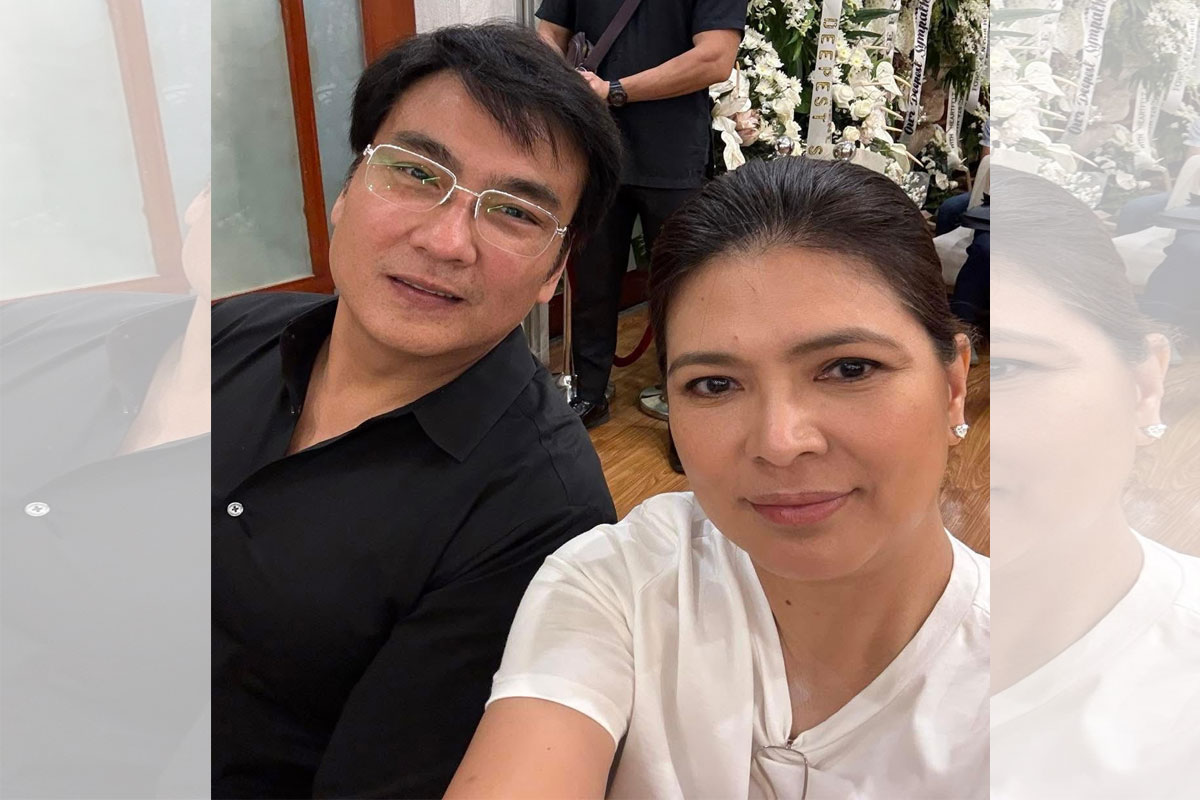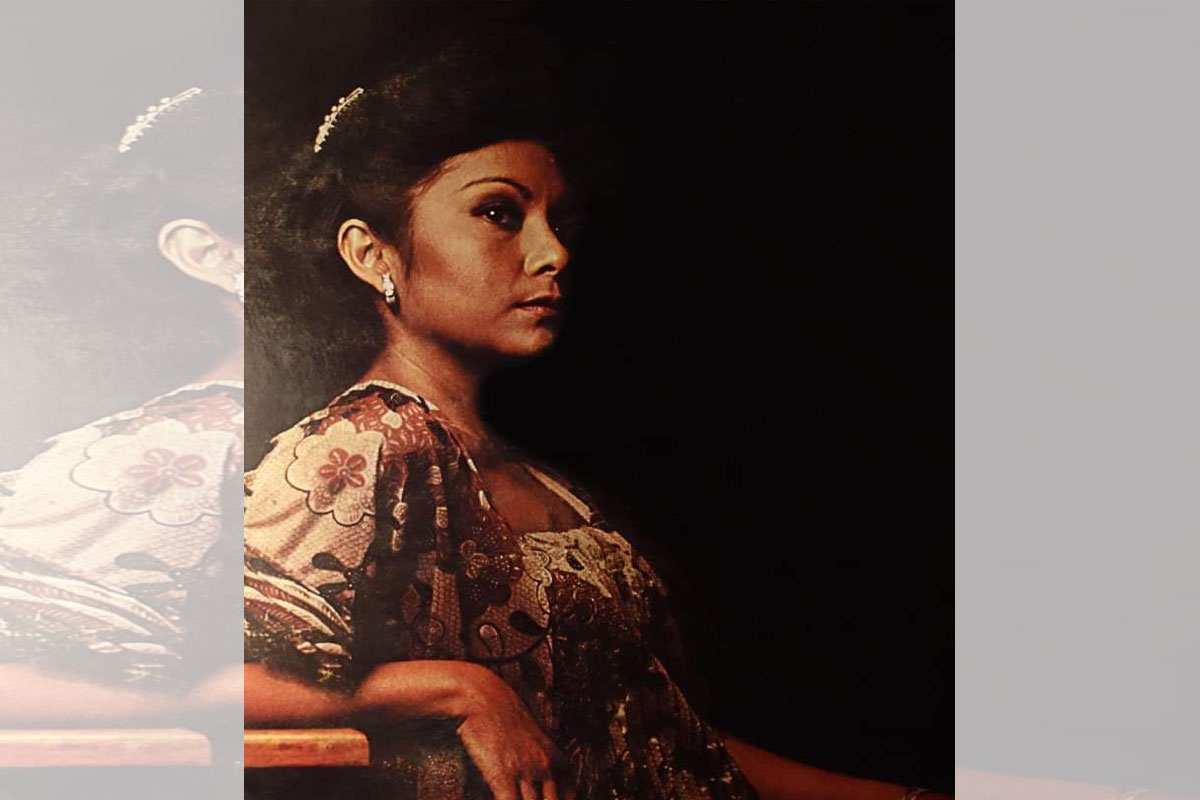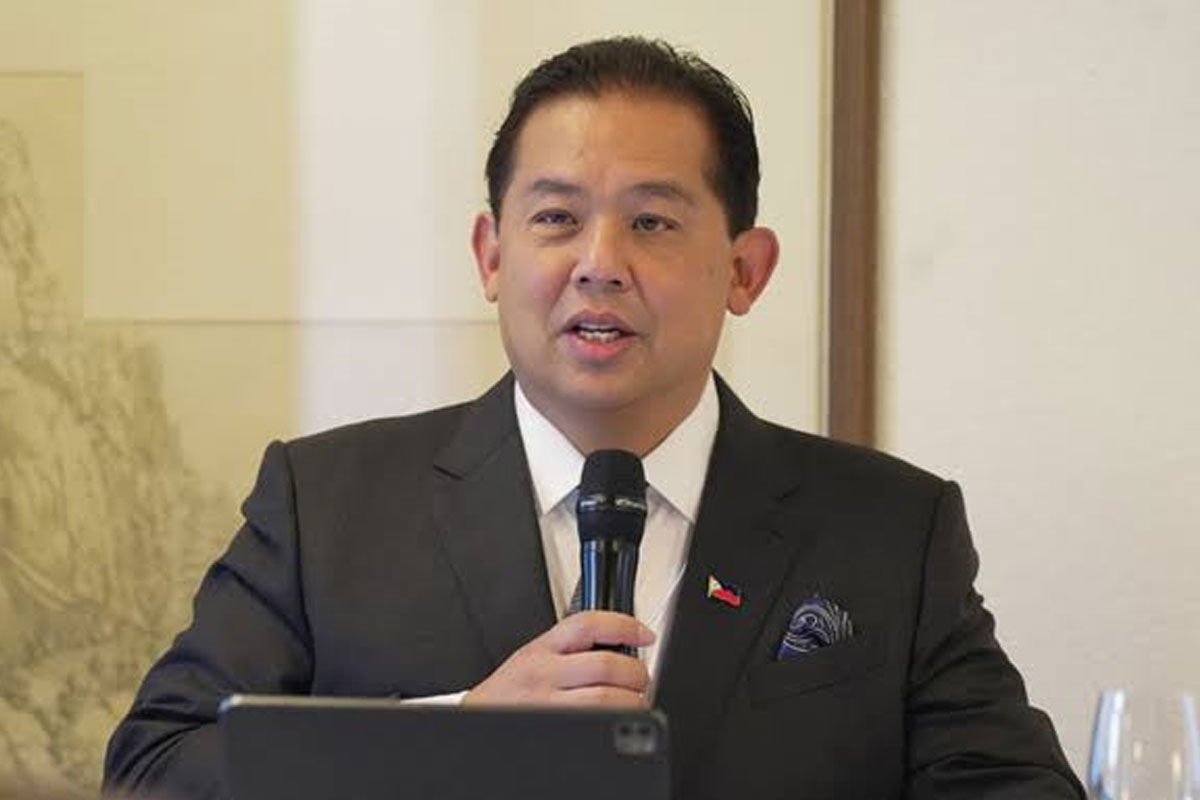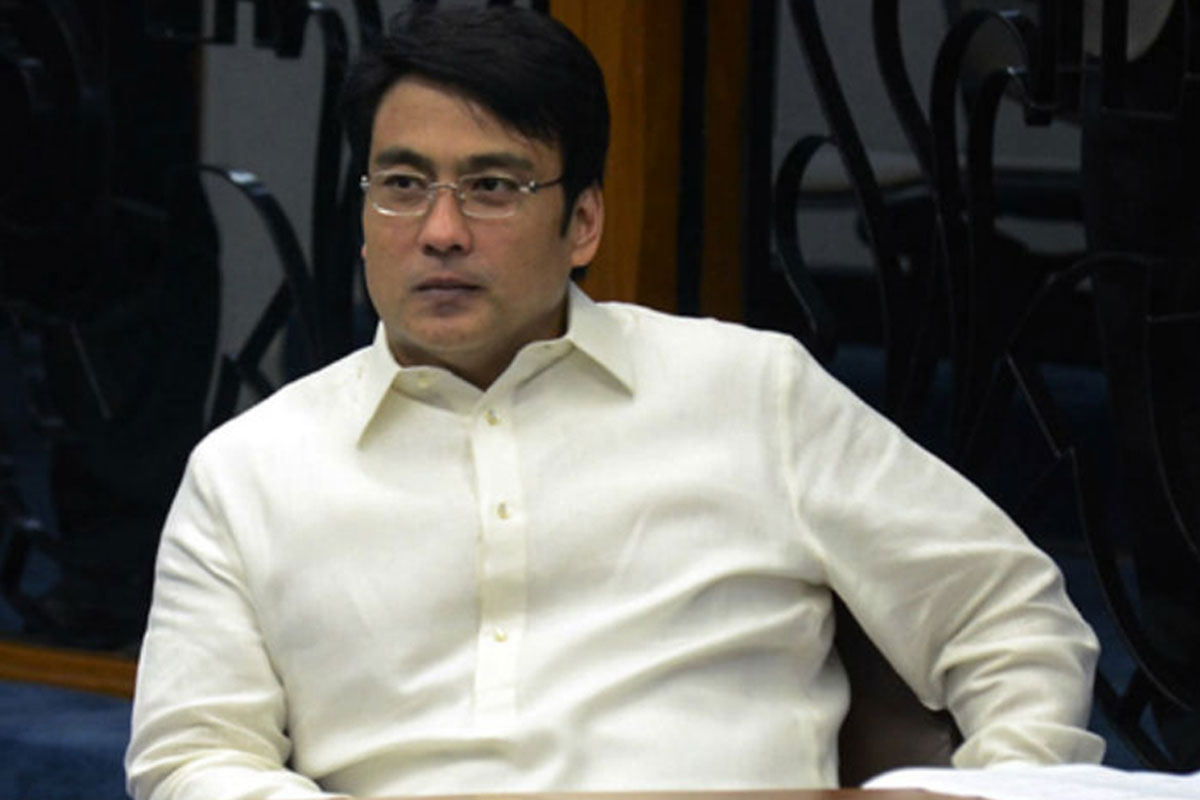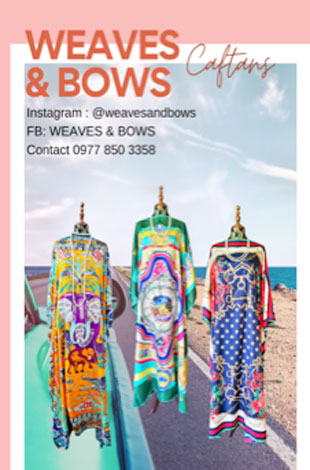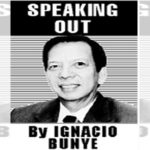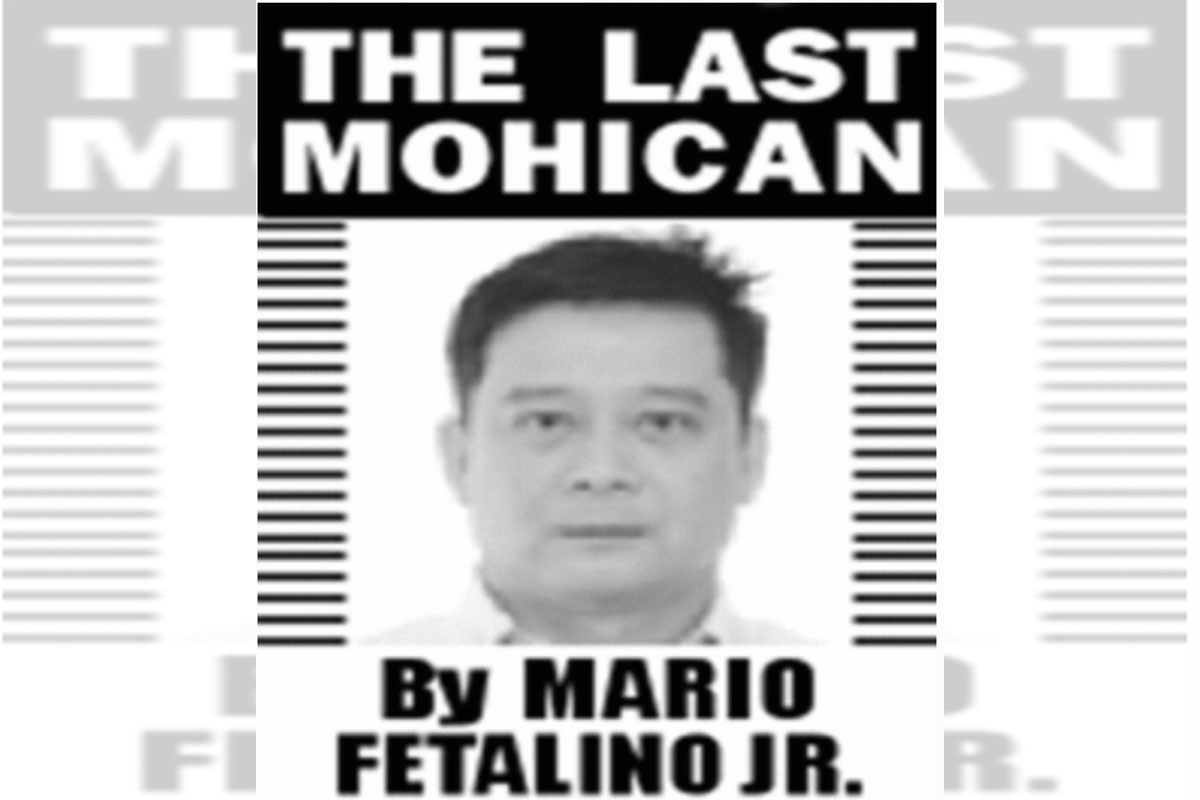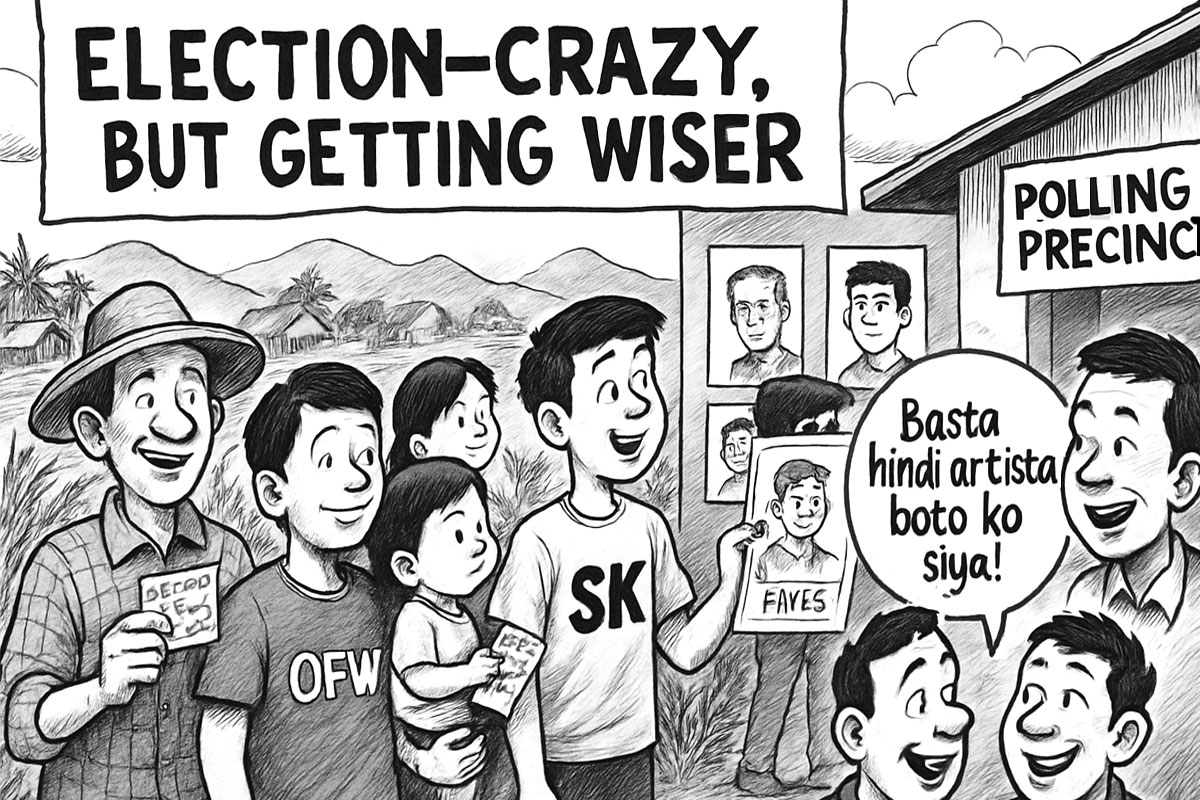
Celebrities grace first National Hopia Day


THE lucky color of the popular Eng Bee Tin store is purple, as the family and staff have been wearing the ube color for decades now.
In an effort to rebrand Eng Bee Tin and make the product marketable, the senior Gerry Chua frequented the Ongpin Supermarket every afternoon without buying anything, to the point where he was suspected as a shoplifter then.
“A day came when Gerry asked the guy selling ice cream what was the most popular flavor and he was told it was ube. It was as if someone whispered to him, ‘Try making hopiang ube.’ He bought six jars of ube, made hopia and the rest was history.”
That is the reason Eng Bee Tin decided to retrace and showcase the history of hopia by holding the first National Hopia Day, a three-day event at the Mall of Asia Music Hall.
Gerry was joined by his three children – Gerik, Royce, Gerald and Roche Geraldyn – the fourth generation owners now managing Eng Bee Tin.
The family welcomed TV host Cory Quirino, actor-politician Isko Moreno and the family of actress Diana Zubiri.
“Today, the whole world knows about the ube hopia,” beamed Cory, a special guest in the celebration. “That was after I featured Eng Bee Tin on ‘Citiline’ on ABS-CBN.
“They said, it is love that makes the world go round. Starting today, because of the National Hopia Day and Eng Bee Tin, hopia is making love all around the world.”
Yorme Isko Moreno, meanwhile, is proud of Binondo, a district in Manila, that has become a food street always teeming with people. “Yorme plans to do the National Hopia Day in Manila,” Gerry disclosed.
“Gerry, we are very proud of you being Batang Maynila,” said Yorme. “We are very proud of you and your fellow neighbors in downtown Manila. They lived in Manila, they saw how to grow up in Manila and have their own family there.
“Gerry is the third generation of Filipino-Chinese who became successful in the country’s capital in the city of Manila.”
“Thank you for coming to the first National Hopia Day,” said Eng Bee Tin chairman and president Gerry Chua.
Forty years ago, Gerry was called “sira ulo” and “magnanakaw” in Binondo. Every time there was a fire in Binondo, he would go to the intersection of Ongpin and Nueva and reroute traffic in the area.
“At that time, we had financial problem. Everyday, our checks would bounce and in times of crisis, you would really know who your true friends are.
“All our relatives were avoiding us, most of our friends were afraid I would borrow money from them. That was the truth, but that was but natural.”
“Others were calling me ‘magnanakaw.’ I was always a suspect for shoplifting. We didn’t have air-conditioning unit and our store was only small.
“So I would spend time everyday inside the supermarket where it was cold. It was just at the corner of the street near our house.”
“No one was buying our hopia,” the dad recalled. “I asked the girl in the supermarket what’s the most saleable ice cream flavor and I was told, it was ube.
“I got money from the house and bought ube halea which they also used to make ice cream.”
So with the two flavors of monggo and baboy (macao), Gerry added hopiang ube. “I had no friends at that time, but I had fire volunteers who helped me. I made them taste the hopia ube which they liked because it was free.
“I asked them if the new hopia flavor would click and they didn’t agree. One day, TV host Cory Quirino wanted to feature Chinatown. I was featured as a volunteer fireman and I accompanied her to interview the Chinese doctor, drugstore and feature the temple.”
“When Cory asked where I stayed, I told her Eng Bee Tin, the markers of hopiang ube. She promised to help me. After two weeks, I received a call from the staff of Ma’m Cory, who said she would visit me one Saturday.
“Cory asked about the machines to make hopia. I told her, we didn’t have machines yet at that time. The workers merely used their hands and feet. She featured me as a hopia-maker.”
The feature came out on “Citiline,” a weekly program on ABS-CBN, but Gerry failed to watch the late-night program. When the feature came out, people suddenly became interested about hopia at 628 Ongpin St., near Binondo Church.
“After I was featured, hopiang ube took off the next day,” Gerrie shared. Cory subsequently became the “fairy god mother” of Gerry. He was featured on other networks and the hopiang ube became popular.
At that time he was a volunteer fireman. “If I didn’t extend a helping arm to Ma’am Cory, I wouldn’t be featured on her program and our hopia still wouldn’t be known,” Gerry said.
Eng Bee Tin, which means “forever, excellent, treasure,” started in 1912, more than a century ago, in the market.
To date, Eng Bee Tin has 50 branches all over Luzon, all family owned with no franchises. “Mostly are kiosks,” Gerik offered. “We have yet to branch out in the Visayas and Mindanao.
“The farthest in Luzon is Batangas, while in the north, it’s Pampanga (San Fernando). Soon, hopefully, we plan to bring Eng Bee Tin to Baguio.”
The Chua family also exports Eng Bee Tin to 18 countries worldwide. “Our aim is when Filipinos eat hopia anywhere they are in the world, they are reminded of home,” Geraldyn said.
Back in the eighties, there were only two flavors of hopia – baboy and monggo – available.
“Today, there are 25 flavors of hopia,” beamed Gerik. “We have hopia pandan, durian, langka, quezo and kundol, plus sugar-free hopia. Same taste, guilt-free. Very Filipino flavors and proudly Pinoy.”


